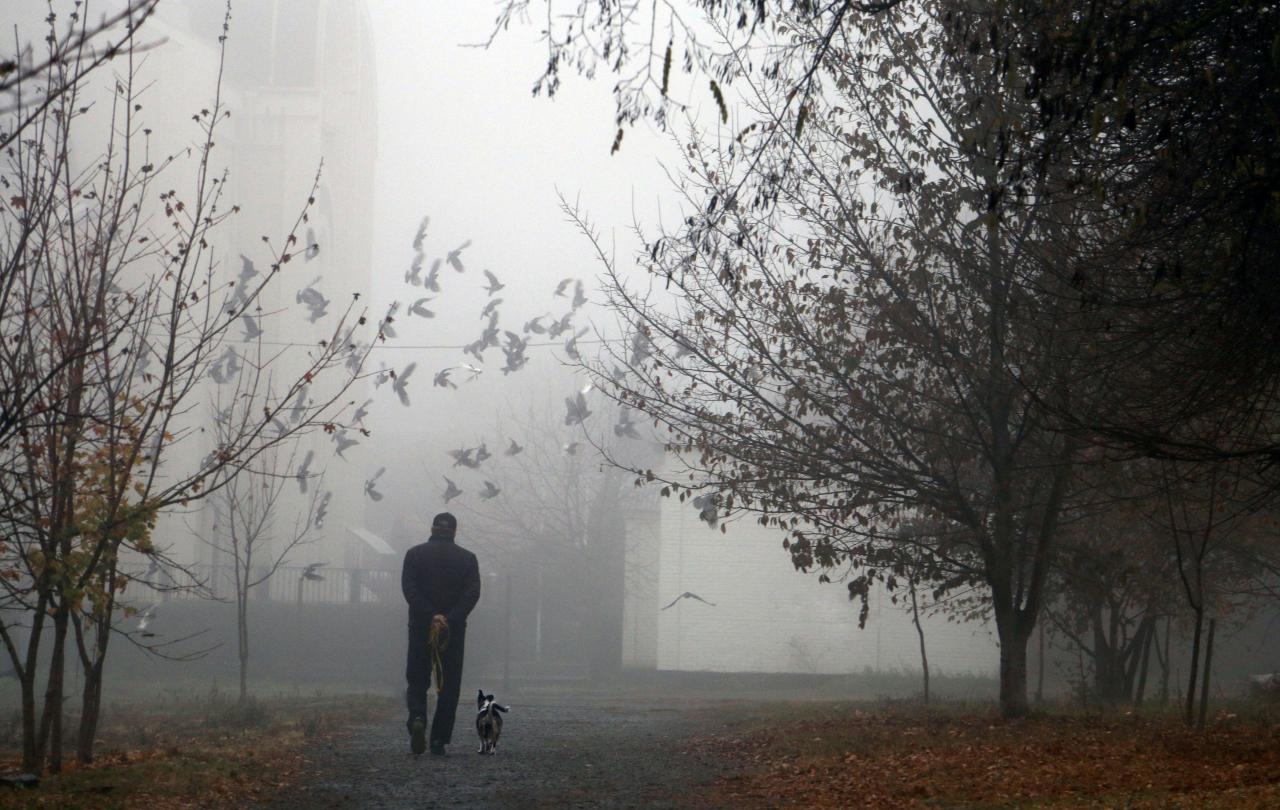
In my house, the arrival of Autumn heralds two distinct emotions. My husband feels gloom settle upon him as the days draw in and a chill begins to sharpen the morning air, whilst I’m cheerfully pointing out the curling leaves beginning to change colour and admiring the beauty of an early-evening sunset.
For me, there is something enchanting about autumn that feels even more of a ‘new year’ than January, but for my husband, it’s just a sign that winter is close and the summer holidays are a distant dream.
Ten years in, we’ve learned how to tread lightly through the seasonal changes which provoke such contradicting emotions in us. I know the dark mornings aren’t easy for him, and he appreciates that heat makes me grumpy.
And we aren’t alone in our strong feelings about the seasons changing. We all have preferences, but for some, the beginning of a new season may trigger illness, such as in the case of seasonal affective disorder (which, whilst most commonly suffered during the winter months, can affect people in the summer months instead).
Ultimately, each season brings its own unique joys and sorrows, enjoyed by some and endured by others, but what’s important is that we accept these differences and find a way to connect through the changes.
It’s something we see in the way the church journeys through the year, too. Sometimes called the liturgical year, as the seasons change, there is a focus on a different part of the story of scripture.
Autumn is when harvest is celebrated, when we offer our thankfulness for the natural world and how it provides for every living thing.
Whether meteorological or theological, following the rhythm of the seasons gives us the opportunity not just to celebrate together, but to learn how to suffer well and grieve together.
In the church year, the times of celebration, like Christmas and Easter, are preceded by times of reflection and lament. Advent is characterised by the people of God waiting for the light of the world to break through the darkness, whilst Lent offers the chance to seek forgiveness and grieve over all that is wrong with the world and within us. These seasons trace the story of Jesus’ life, death and resurrection - sometimes resonating with our own life seasons and at others contrasting painfully.
In the Bible, there’s a book called Ecclesiastes, written by an unknown person referred to as Quohelet or ‘teacher’ and it talks about there being “a season for everything under the sun”, they assert that ‘There is … a time to be born and a time to die … a time to weep and a time to laugh.’
It’s a reminder as we trace the seasons, that there is space in human life and faith for all of our emotions. We see it in the variety of emotions expressed not only in books like the Psalms, but in Jesus’ own life.
And the ability to come together and mark these seasons before God, even when they differ from what we’re experiencing personally, is one that draws us together. It reminds us that through all the maelstrom of emotions and changes life brings that there is a drumbeat through every season: We are loved by God and out of that, we love one another.
The changing of the seasons can evoke a multitude of memories and emotions, but if we let it, it can also act as a call to come together and be led by love. We can learn to do as the apostle Paul instructed the early Roman church to do: “Rejoice with those who rejoice and mourn with those who mourn.”
Support Seen & Unseen
Since Spring 2023, our readers have enjoyed over 1,500 articles. All for free.
This is made possible through the generosity of our amazing community of supporters.
If you enjoy Seen & Unseen, would you consider making a gift towards our work?
Do so by joining Behind The Seen. Alongside other benefits, you’ll receive an extra fortnightly email from me sharing my reading and reflections on the ideas that are shaping our times.
Graham Tomlin
Editor-in-Chief





